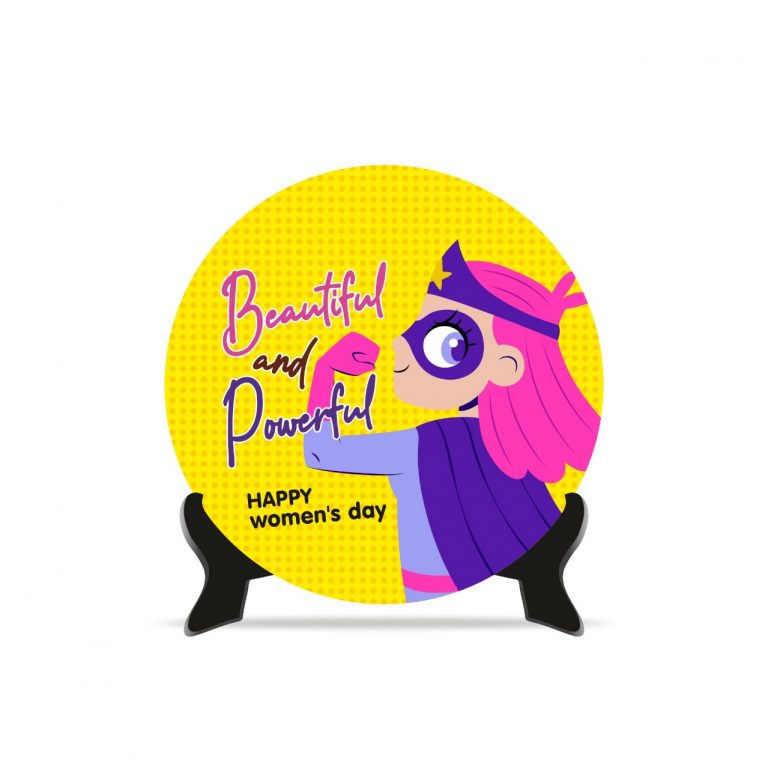Building Beyond Structures: A Leadership Perspective with Minal Srinivasan
At the heart of every transformative workplace is a leader who doesn’t just manage but inspires. In the traditionally male-dominated world of infrastructure, Ms. Minal Srinivasan, Managing Director of Kesari Infrabuild Pvt Ltd, has carved out a path defined by clarity, empathy, and a deep commitment to purpose-driven leadership. Her journey is a compelling reflection of how culture, inclusion, and people-first practices can drive excellence even in the most technical industries.
In this candid conversation with Amazing Workplaces®, Minal shares insights from her leadership journey—from fostering on-site accountability and aligning teams with culture during rapid growth, to championing diversity of thought and breaking down barriers for women in the field. Her responses offer a grounded, people-centric view of what it truly means to lead with impact in the infrastructure space.
-
What personal leadership philosophy guides you when managing teams across diverse infrastructure projects?
My leadership philosophy is built on clarity, accountability, and empathy. Infrastructure is more than construction, it shapes how people live, move, and connect. So, I ensure every team understands the purpose behind the project, not just the tasks. I empower my team leads to take ownership and make decisions independently, while keeping us aligned through transparent communication and shared goals. I also believe deeply in being present on-site, in real time. Listening to teams on the ground and seeing challenges first-hand bridges the gap between strategy and execution. It builds trust and sharpens our solutions. At the core, I constantly ask: are we building something that’s not only efficient, but also inclusive and sustainable for the people it serves?
-
The infrastructure industry has traditionally been male-dominated. What challenges and opportunities have you encountered as a woman leader in this space?
It’s a reality, the infrastructure sector has long been male-dominated, especially in execution and field roles. In the early years, I often had to prove that I belonged, sometimes being second-guessed in technical discussions or overlooked in decision-making forums. I didn’t respond defensively. I let my work do the talking. Delivering high-stakes projects consistently shifted perceptions faster than any argument could. Over time, I’ve also seen how being a woman brings a different lens, more attention to user-centric design, inclusive planning, and emotional intelligence in team leadership. The industry is evolving, and there’s more room now for diverse leadership styles. That’s an opportunity, not just for women, but for the sector to grow in new directions.
-
What practices do you follow to ensure your leadership team stays aligned with company culture during growth or change?
Related Posts
- Building an AI-Driven, People-First Startup: An Interview with Senthil Kumar Hariram, Founder of FTA Global
- HR Strategies for a Multi-Generational Workforce : A Conversation with Akhilesh Panday, Head – HR, Training & Development at Probus
- Shaping the Future of Recruitment: An Exclusive Interview with Manikanth Challa, Founder & CEO, Workruit
Culture can’t be static, especially in a growing company. At Kesari, we embed cultural alignment into our leadership rhythm. Our reviews don’t just track KPIs they evaluate whether our values are visible in decisions, whether that’s around sustainability, quality, or how we engage with communities. We’ve also built internal platforms for open dialogue, where teams can voice challenges or propose ideas, regardless of role or hierarchy. I urge my leadership team to stay hands-on: spend time at sites, talk to workers, and engage with local stakeholders. Culture isn’t built in boardrooms; it’s reflected in how we show up on the ground. That’s what keeps us authentic, even during rapid transitions.
-
Are there specific initiatives or internal practices at Kesari that encourage diversity of thought and background?
Absolutely. We’re intentional about building teams that think differently. One key initiative is cross-vertical rotation, our team members get exposure across infrastructure, landscaping, and sustainability projects. It broadens perspective and prevents siloed thinking. We also run ‘reverse mentoring’ sessions where younger employees present new ideas or challenge assumptions with senior leadership. Those conversations often reveal blind spots or fresh solutions. From a hiring lens, we go beyond conventional institutions and look for candidates from varied educational and regional backgrounds. Innovation often comes from those who’ve had to think creatively with limited resources. For us, diversity isn’t about representation, it’s about resilience and agility in problem-solving.
-
How do you encourage women within your workforce to pursue leadership positions or break self-imposed limits?
The key is exposure and normalisation. We ensure women in our teams get early opportunities to lead, whether that’s managing meetings, handling client discussions, or owning deliverables. It’s not just mentoring, it’s trust in action. We also make sure that our support systems, like flexible hours or parental leave, aren’t seen as “women’s policies.” When flexibility is inclusive, it empowers everyone and levels the playing field. I also share my own journey openly, the doubts, the setbacks, and the learnings. Leadership doesn’t require perfection; it requires persistence. Visibility matters. When women see others like them navigating leadership authentically, it becomes real and reachable










